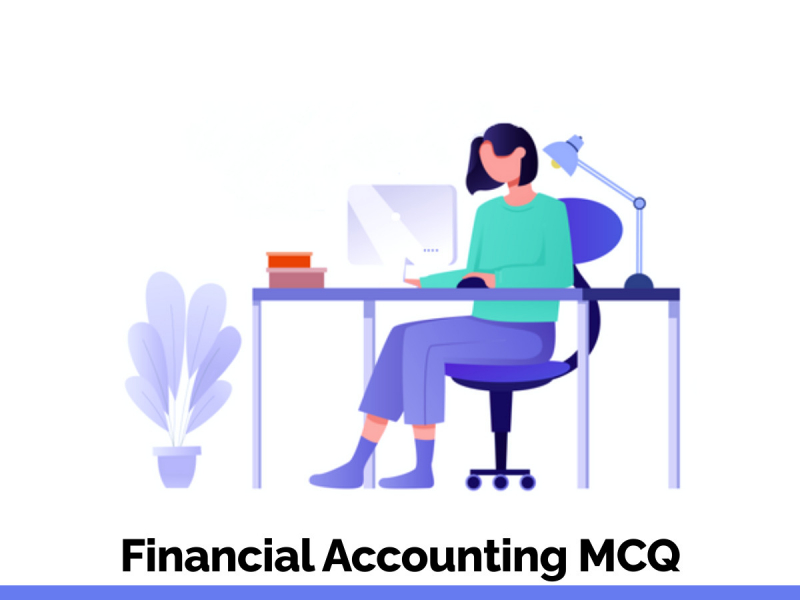Take Financial Accounting MCQ Test & Online Quiz to test your knowledge
We have listed below the best Financial Accounting MCQ Questions, that check your basic knowledge of Financial Accounting. This Financial Accounting MCQ Test contains 20 Multiple Choice Questions. You have to select the right answer to every question to check your final preparation of the Financial Accounting Exam/Interviews. apart from this, you can also download the Financial Accounting MCQ Free PDF from the given link between the Quiz.

